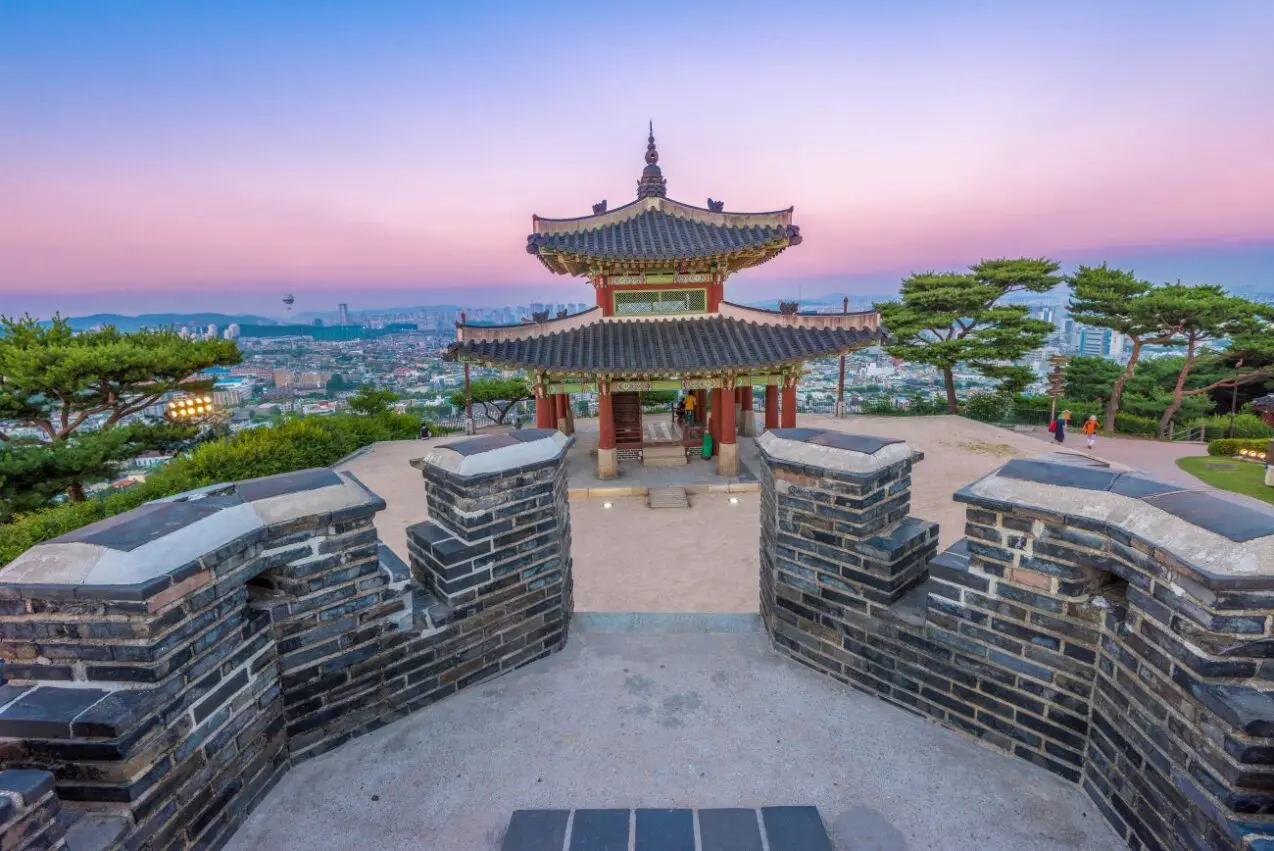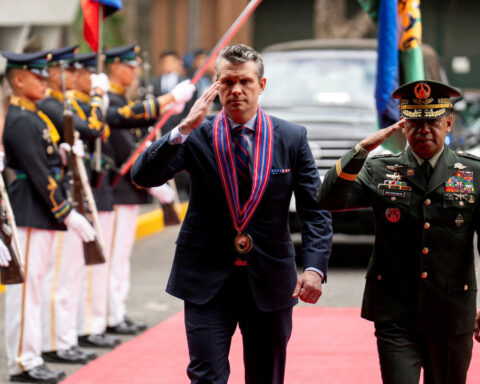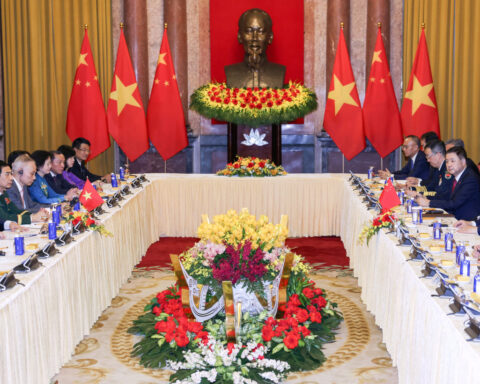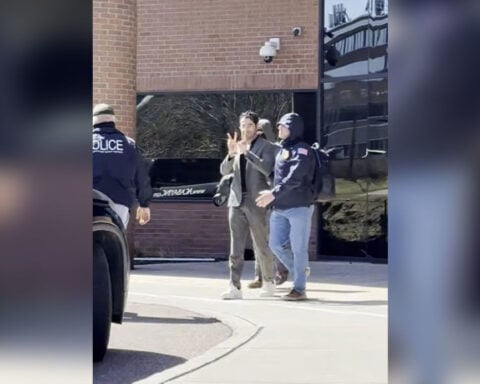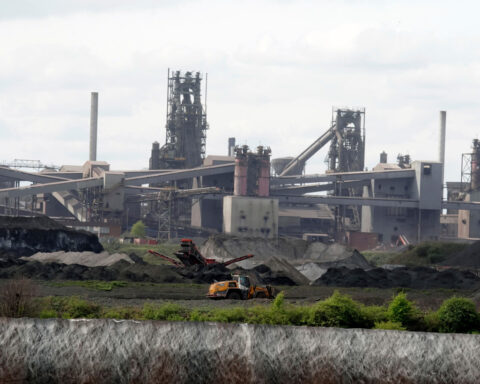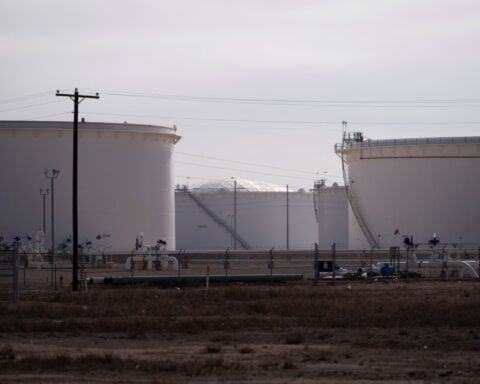From sunny shores to America's heartland, discovering our nation's diverse Asian American and Pacific Islander narratives is made richer through cultural landmarks. As Asian Americans travel across the United States, they uncover a rich tapestry of historical sites and cultural landmarks that bring their diverse narratives and experiences vividly to life. From coastal cities to the heartland, these powerful places allow visitors to connect with the struggles, triumphs, and resilience that have defined Asian American and Pacific Islander communities for generations.
Whether exploring an abandoned rural Chinatown, a serene Japanese garden, or an ancient Native Hawaiian village, Asian Americans Travel to these authentic locations for an intimate encounter with their own multi-layered identities. The sights, sounds, and stories contained within these heritage spaces spark curiosity, fuel pride, and forge a profound sense of belonging woven into the fabric of America.
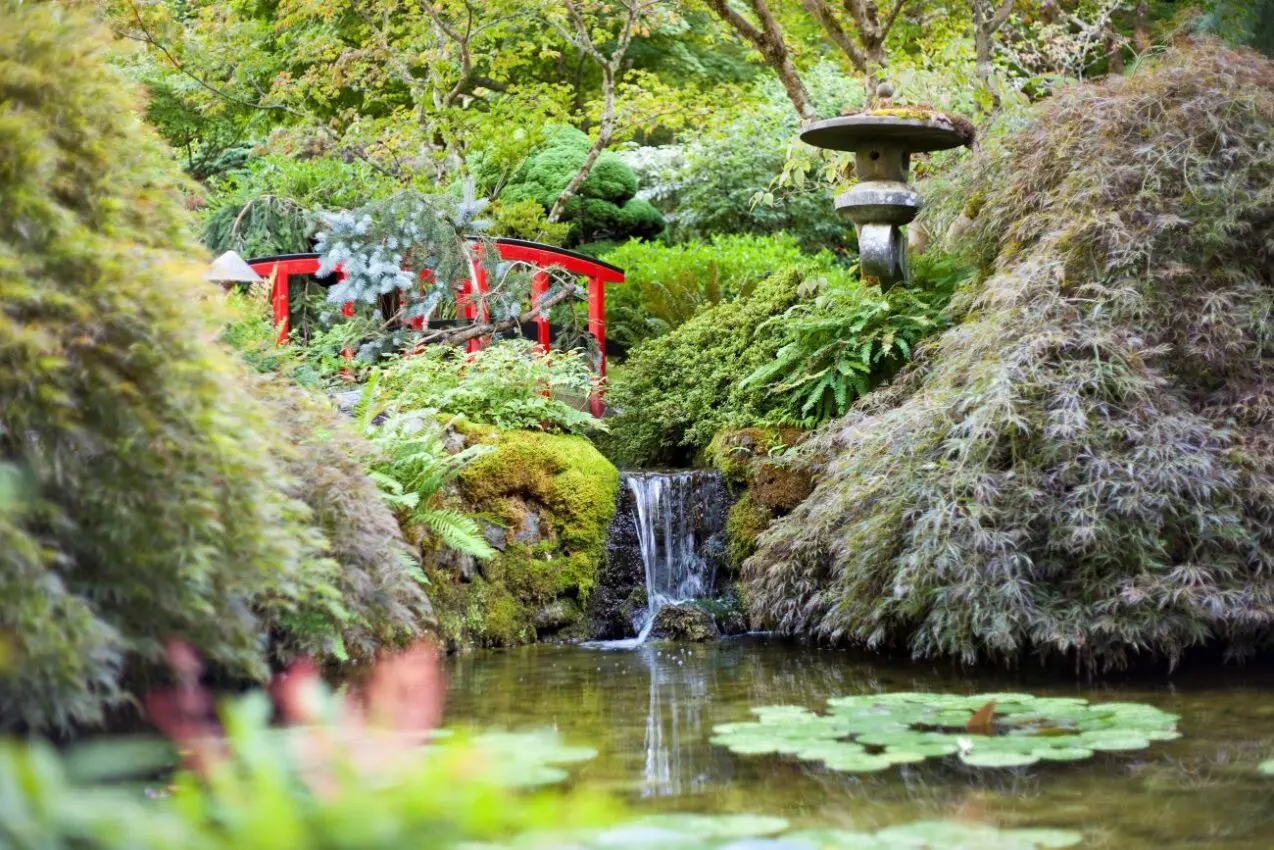
With hate crimes motivated by ignorance recently surging, preserving these vital histories has taken on new urgency and relevance. Many are seeking to learn about their roots and cultural narratives by visiting Asian American heritage sites, Pacific Islander cultural landmarks, and Asian American history museums scattered across the nation.
From the sunny coasts to the heartland, powerful places allow visitors to connect with the struggles, triumphs, and resilience of Asian American and Pacific Islander stories. The Angel Island Immigration Station in the San Francisco Bay Area reflects the harsh treatment Chinese immigrants faced awaiting entry or deportation from 1910 to 1940 under xenophobic laws.
Asian Americans Travel to places like Iolani Palace in Hawaii, where the ornate Italian design masks the imprisonment of Queen Liliuokalani after the overthrow of her Hawaiian kingdom in the late 1800s. In Chicago's South Loop, the South Asia Institute offers a window into grand artistic traditions from the Indian subcontinent across different eras.
Also Read: Best neighborhoods in LA: where to stay and play
Heading west, the Korean Bell in Los Angeles honors ties between Seoul and Washington DC while also reminding visitors of recent anti-Asian hate incidents. The Paolo Agbayani Retirement Village nearby once sheltered elderly Filipino farmhands facing racist marriage laws.
Asian Americans can Travel to Watt Munisotaram, America's largest Khmer Buddhist temple complex in Minnesota, which serves refugees from the genocidal Khmer Rouge regime. Out in the Pacific, the Latte Stone Pillars at Guam's Angel Santos Memorial Park evoke the ancient Chamorro civilization that inhabited the Mariana Islands for over 4,000 years.
In California's Silicon Valley, the serene Hakone Gardens recently opened an exhibit on the World War II injustice of incarcerating Japanese American founders under Executive Order 9066. Further north, Seattle's Wing Luke Museum celebrates Asian Pacific American trailblazers who shattered barriers across industries.
The small town of Locke preserves remnants of a once-vibrant rural Chinatown founded in 1915, embodying the Chinese American pursuit of Western opportunities. On Hawaii's Big Island, Pu'uhonua o Honaunau Historical Park spans sacred Hawaiian villages and trade routes that predate modern times by centuries.
In Massachusetts, Wat Nawamintararachutis blends Thai Buddhist architectural motifs with colonial New England design. Deep in California's Gold Rush country, the humble Wakamatsu Farm recalls the first Japanese migrants who settled in the 1860s, cultivating tea, silk, and rice alongside cattle ranches.
Also Read: 15 Scenic spots to discover in and around Los Angeles
Exploring these 13 sites provides an intimate experience of Asian American and Pacific Islander narratives. At Angel Island, one feels the raw emotion in poems left behind by detained immigrants seeking a better life. Iolani Palace's grandeur gives way to Hawaiian resilience under imprisonment for resisting overthrow.
Chicago's galleries burst with colorful artworks, sparking dialogues on evolving Asian diaspora identities. The Korean Bell reminds us of warm international ties while condemning surging racism. The Delano retirement village evokes struggles faced by Filipino farmworkers who built California's agricultural economy while enduring racist laws preventing family life.
Minnesota's Buddhist monks keep Southeast Asian spiritual traditions alive for new refugee communities rebuilding from genocide. Guam's archaeological wonders offer a window into ancient Pacific ancestry predating any continental American settlement.
The Japanese American incarceration is honestly reflected at Hakone Gardens, while Seattle's museum uplifts pioneering Asian Pacific American leaders. Locke and Pu'uhonua Park immerse guests in abandoned worlds carefully constructed by Chinese and Native Hawaiian inhabitants generations ago before reclaiming nature.
The Thai temple transcends aesthetic boundaries, blending immigrant and colonial American architectural influences. And the Wakamatsu Farm recounts the humble origins of Japanese American farmers and ranchers who spread agriculture across the Western frontier through perseverance.
These living museums weave a sprawling tapestry of diverse Asian American and Pacific Islander experiences core to America's spirit. As ignorance-fueled hate crimes sadly persist, such sites take on profound importance - preserving vital legacies, marginalized narratives, and cultural threads often overlooked in mainstream historical accounts.
For those hoping to build cross-cultural understanding during commemorative heritage months and throughout the year, these spaces offer rich opportunities to listen, learn and celebrate the vibrant diversity embedded in America's social fabric. By grappling with the indignities, triumphs, struggles, and rich identities elevated at these landmarks, one can begin to fathom the multitudes contained within the Asian American and Pacific Islander diaspora.
Also Read: Recharge your batteries with 20 soul-soothing weekend getaways

 Trump has begun another trade war. Here's a timeline of how we got here
Trump has begun another trade war. Here's a timeline of how we got here
 Canada's leader laments lost friendship with US in town that sheltered stranded Americans after 9/11
Canada's leader laments lost friendship with US in town that sheltered stranded Americans after 9/11
 Chinese EV giant BYD's fourth-quarter profit leaps 73%
Chinese EV giant BYD's fourth-quarter profit leaps 73%
 You're an American in another land? Prepare to talk about the why and how of Trump 2.0
You're an American in another land? Prepare to talk about the why and how of Trump 2.0
 Chalk talk: Star power, top teams and No. 5 seeds headline the women's March Madness Sweet 16
Chalk talk: Star power, top teams and No. 5 seeds headline the women's March Madness Sweet 16
 Purdue returns to Sweet 16 with 76-62 win over McNeese in March Madness
Purdue returns to Sweet 16 with 76-62 win over McNeese in March Madness
